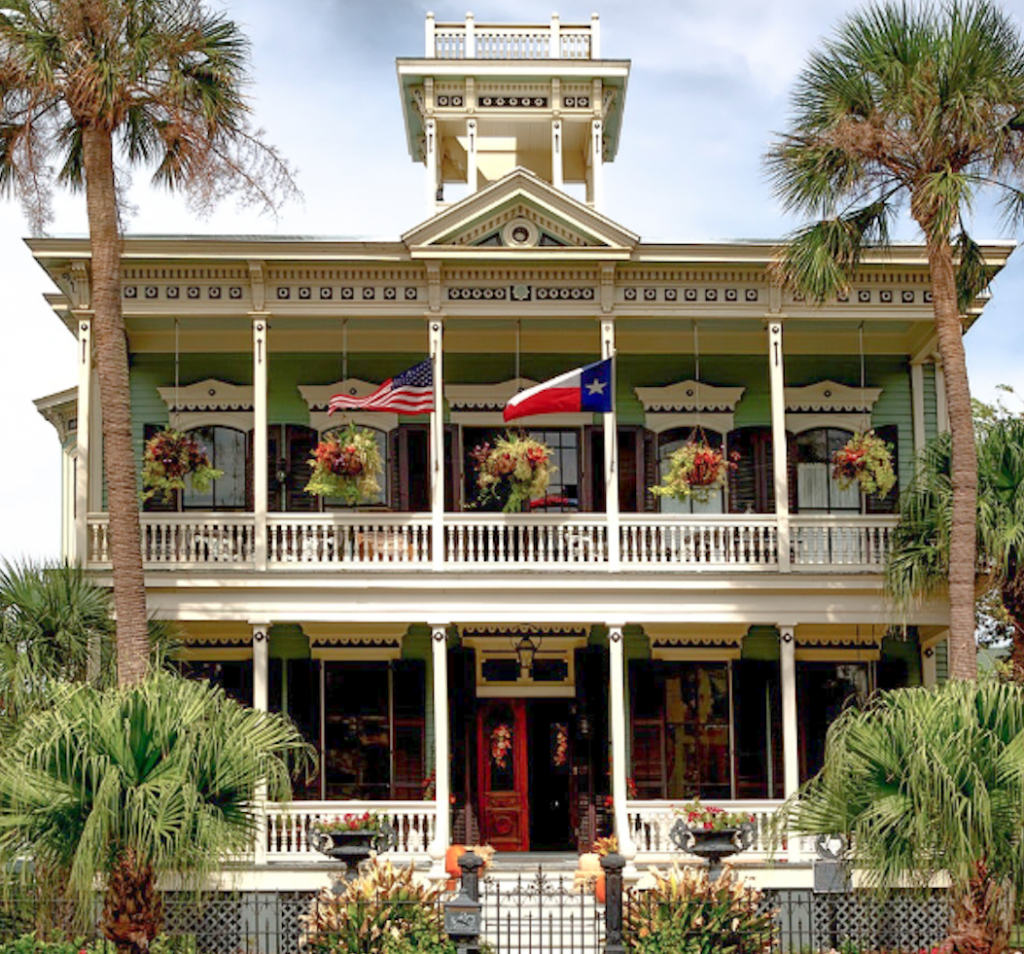Old houses endure, but not so much  the porches that give the home character. If left unpainted, even first-growth millwork will eventually splinter and rot, especially if it’s been fancifully scroll-cut. So if your porch is in good shape, count yourself fortunate (and keep a paintbrush handy). For those longing to re-create a period porch, you’re in luck: Recent innovations in building materials make it possible to hit all the architectural high notes – often without requiring the kind of skilled construction that’s been hard to come by since World War II
the porches that give the home character. If left unpainted, even first-growth millwork will eventually splinter and rot, especially if it’s been fancifully scroll-cut. So if your porch is in good shape, count yourself fortunate (and keep a paintbrush handy). For those longing to re-create a period porch, you’re in luck: Recent innovations in building materials make it possible to hit all the architectural high notes – often without requiring the kind of skilled construction that’s been hard to come by since World War II
Fiberglass Columns Vs. Wood Columns
Alternatives For Wood
Wood remains the standard for structural porch elements like posts, columns, and for highly visible decorative elements like fretwork around the landing. But even old-growth and rot-resistant woods like mahogany and cedar require maintenance, especially when they are weathering in extreme climates. Here are some acceptable alternatives:
- Composites are cellular PVC and reinforced polymers that have been cast, extruded, or wound with fiberglass. These low-maintenance. water-, fire-, and insect-proof materials are stronger than concrete or steel, so they’re ideal for structural elements that are expensive and made of wood, like columns. Some versions have the same color and texture throughout and never need painting, and the best are UV resistant, so they won’t change color.
- Polyurethane is a high-density thermoplastic made into molds. For decorative and non-structural elements like corbels, they offer real advantages over wood. They can be cut and shaped (even shaved!) easily, and once painted, won’t shrink or swell.
{{cta('266aca68-687d-40b6-a052-caafe460a930','justifycenter')}}


